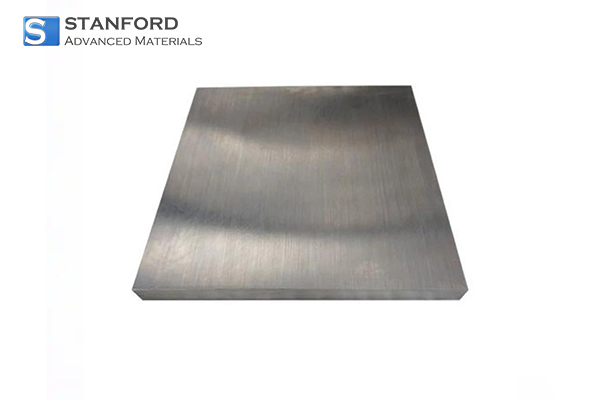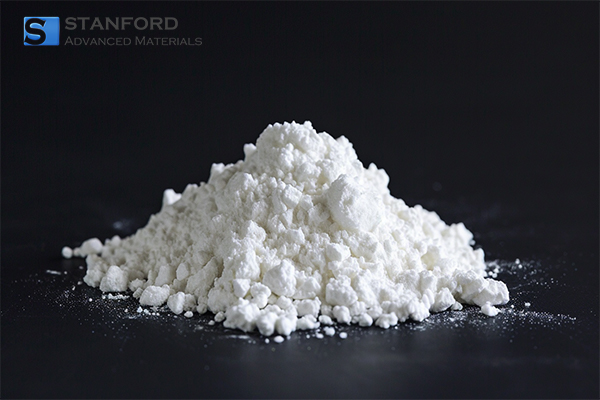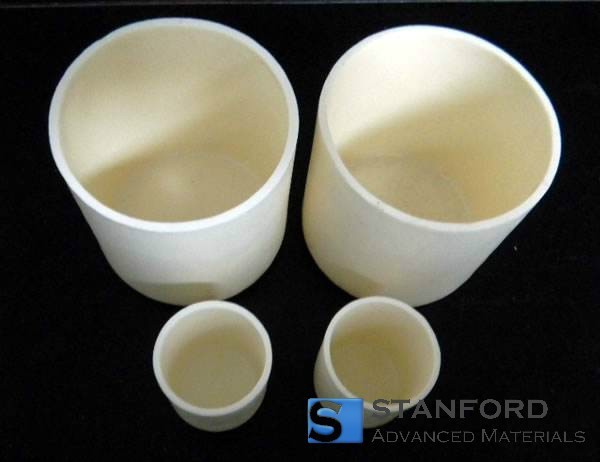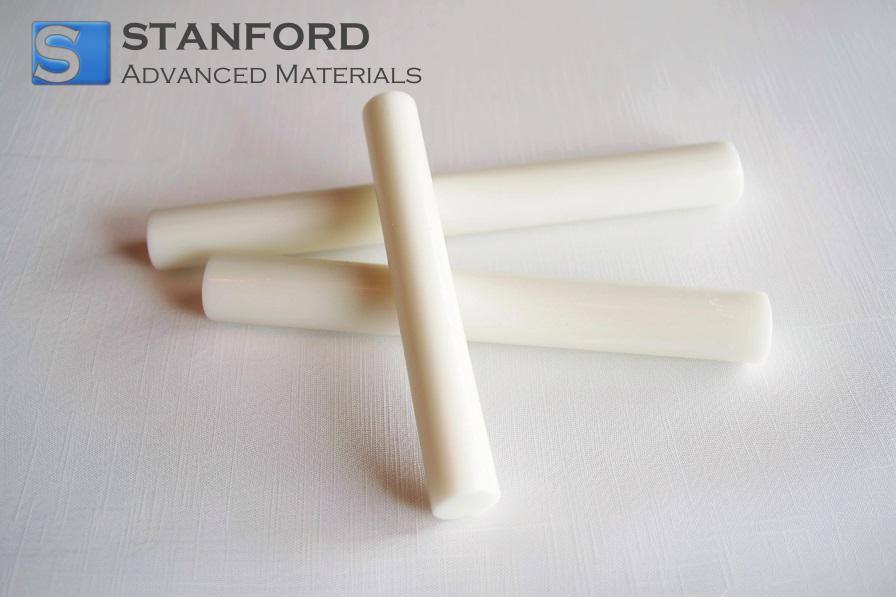Beryllium: Element Properties And Uses
Description
Beryllium is a lightweight and toxic element used in several industrial applications. Its properties, including a high melting point and low density, make it a material of interest for specialised technological uses.
Introduction to the Element
Beryllium (Be) is a chemical element with the atomic number 4 and is classified among the alkaline earth metals in the periodic table. It has a high melting point, low density, and good thermal stability. Beryllium is found in minerals such as beryl and chrysoberyl. Although it occurs rarely in the Earth’s crust, it is employed in specialised industrial sectors.
Beryllium is highly toxic and may cause chronic beryllium disease; consequently, its handling and use are regulated in many countries.
Description of Chemical Properties
Beryllium is a reactive element, particularly when it is exposed to air. It forms a thin oxide layer on its surface, which protects it from further oxidation. At high temperatures, beryllium reacts with water, whereas at room temperature it remains largely unreactive with water.
Beryllium exhibits the following chemical properties:
- It forms compounds such as beryllium oxide (BeO), which plays a significant role in industrial applications.
- It reacts with various acids to form salts, for example, beryllium chloride (BeCl2) and beryllium sulphate (BeSO4).
- Unlike other alkaline earth metals, beryllium does not react with hydrochloric acid at room temperature.
Table of Physical Properties
|
Property |
Value |
|
Atomic Number |
4 |
|
Density |
1 848 g/cm³ |
|
Melting Point |
1287°C (2349°F) |
|
Boiling Point |
2970°C (5360°F) |
|
Appearance |
Metallic grey, shiny |
|
Electrical Conductivity |
High |
|
Hardness |
5.5 (Mohs scale) |
Further information is available at Stanford Advanced Materials (SAM).
Common Applications
Beryllium is used in several important industrial applications. Some of these applications are:
- Aerospace: Beryllium is used in the aerospace industry because of its low weight, good strength, and ability to withstand high temperatures in components for spacecraft and satellites.
- Nuclear Industry: Beryllium is used as a neutron moderator in nuclear reactors. Its capacity to reflect neutrons improves the efficiency of nuclear reactions.
- Electronics: Beryllium is employed for the manufacture of electrical contacts and switches due to its high electrical conductivity and strength.
- X-ray Equipment: Owing to its permeability to X-ray radiation, beryllium is used in the construction of X-ray windows and other diagnostic devices.
- Military Applications: Beryllium is used for rocket components and military equipment because of its low weight and strength.
Processing Methods
Beryllium is primarily extracted from the mineral beryl (Be3Al2Si6O18), which is processed to obtain beryllium. The procedure comprises the following steps:
- Mining: Beryl is extracted from underground deposits.
- Extraction: Beryl is heated with sodium hydroxide (NaOH) to yield sodium beryllium aluminate. This intermediate is further processed to produce beryllium hydroxide.
- Reduction: Beryllium hydroxide is then reduced with magnesium metal at high temperatures to produce pure beryllium metal.
The beryllium extraction process requires significant energy and demands careful handling given the toxicity of beryllium compounds.
Related Industrial Products
Beryllium is utilised in the production of various industrial products, for example:
- Beryllium-Copper Alloys: These alloys exhibit high strength, good corrosion resistance and effective electrical conductivity. They are used in electrical connectors, springs and other high-performance components.
- Beryllium Oxide: This ceramic material is employed for its electrical insulating properties and high thermal conductivity in applications such as heat sinks for high-performance electronics.
- Beryllium Glass: Beryllium is also used in the manufacture of optical glasses and lenses, particularly for infrared applications.
Frequently Asked Questions
What is the primary source of beryllium?
Beryllium is mainly extracted from beryl, a mineral found in certain regions worldwide. It is also present in minerals such as chrysoberyl.
Why is beryllium considered toxic?
Beryllium dust or fumes can be harmful when inhaled. They may cause chronic beryllium disease affecting the lungs. Therefore, appropriate safety measures must be observed when handling beryllium.
What are the main properties of beryllium?
Beryllium is lightweight, has a high melting point and good thermal conductivity, and shows resistance to corrosion. However, it is brittle and toxic.
How is beryllium used in the aerospace industry?
Beryllium is utilised in aerospace components because of its low weight, high strength, and capability to withstand extreme temperatures. It is particularly employed in satellite and spacecraft technology.
Is beryllium used in nuclear reactors?
Yes, beryllium is used as a neutron moderator in nuclear reactors because it effectively reflects neutrons. This reflection enhances the efficiency of nuclear reactions.

 Bars
Bars
 Beads & Spheres
Beads & Spheres
 Bolts & Nuts
Bolts & Nuts
 Crucibles
Crucibles
 Discs
Discs
 Fibers & Fabrics
Fibers & Fabrics
 Films
Films
 Flake
Flake
 Foams
Foams
 Foil
Foil
 Granules
Granules
 Honeycombs
Honeycombs
 Ink
Ink
 Laminate
Laminate
 Lumps
Lumps
 Meshes
Meshes
 Metallised Film
Metallised Film
 Plate
Plate
 Powders
Powders
 Rod
Rod
 Sheets
Sheets
 Single Crystals
Single Crystals
 Sputtering Target
Sputtering Target
 Tubes
Tubes
 Washer
Washer
 Wires
Wires
 Converters & Calculators
Converters & Calculators
 Write for Us
Write for Us





 Chin Trento
Chin Trento



